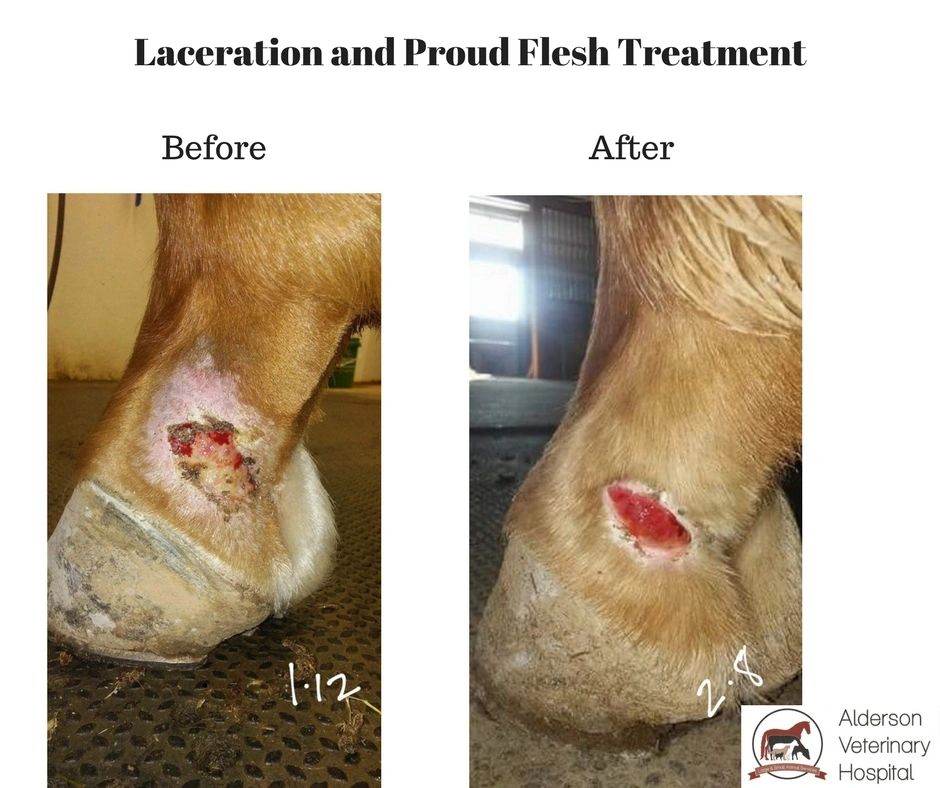Equine Therapy: How It Aids Build Confidence and Psychological Stamina
Wiki Article
Just How Laser Therapy in Horse Therapy Is Reinventing Veterinary Look After Equines
Laser therapy has arised as a transformative approach in equine vet care, supplying a non-invasive option that speeds up healing and enhances general health and wellness. Leveraging precise light wavelengths, this cutting-edge treatment stimulates mobile regeneration, reduces swelling, and alleviates pain. Its efficiency extends from bone and joint injuries to persistent conditions like osteoarthritis, dramatically enhancing wheelchair and life high quality for equines. The mobility and flexibility of laser treatment tools better emphasize their growing necessity among vets. As we explore the intricate mechanics and real-world successes, the extensive effect on equine medical practices comes to be progressively apparent.Recognizing Laser Treatment

The technology behind laser therapy is grounded in the principle of photochemistry, where photons are absorbed by chromophores within cells, causing enhanced ATP production and inflection of responsive oxygen species (Equine Therapy). This, in turn, promotes mobile proliferation, reduces swelling, and speeds up healing. Vet professionals utilize different types of lasers, consisting of low-level lasers (LLLT) and high-power Class IV lasers, relying on the certain healing purposes and the nature of the equine condition being dealt with
Different laser wavelengths and power setups are carefully chosen to target numerous tissue midsts and achieve desired scientific outcomes. Security methods are vital, as improper use can bring about thermal damage or suboptimal restorative effects. Hence, a thorough understanding of laser therapy's devices and applications is important for its reliable application in equine veterinary technique.
Advantages for Horse Wellness
The myriad advantages of laser treatment for equine health include improved healing, discomfort decrease, and improved flexibility. This advanced therapy method leverages particular wavelengths of light to pass through tissues, boosting cellular feature and advertising quick cells fixing. The non-invasive nature of laser therapy makes certain very little stress and anxiety and pain for the horse, facilitating a smoother recovery procedure.
Improved healing is one of the primary benefits, as laser treatment speeds up cellular regrowth and collagen synthesis. Pain decrease is attained via the anti-inflammatory results of laser therapy, which lowers swelling and lowers the production of pain-inducing chemicals.
Better flexibility is another important advantage, specifically for performance and working equines. By lowering inflammation and discomfort, and boosting cells fixing, laser treatment assists in bring back joint function and muscle mass adaptability. The cumulative impact of these benefits is not only a quicker go back to regular task but also a general enhancement in the steed's top quality of life. Hence, laser treatment stands as a transformative tool in modern-day equine vet treatment.
Typical Conditions Treated
Laser therapy has become a functional treatment choice for a range of typical equine conditions. Among these, musculoskeletal injuries are specifically amenable to laser treatment. Equine Therapy. Soft cells injuries, such as tendonitis and ligament pressures, take advantage of the anti-inflammatory and analgesic results of laser treatments, which accelerate healing and decrease discomfort. Furthermore, laser treatment works for problems like osteo arthritis, where it helps minimize joint swelling and promote tissue repair service.Wound management is an additional location where laser therapy has revealed substantial guarantee. Persistent wounds or slow-healing abscess can be particularly difficult in horses, but laser treatment improves mobile regrowth and improves blood circulation, thus expediting the recovery procedure. Laser treatments have actually been successfully used in handling hoof conditions such as laminitis and abscesses, easing discomfort and advertising faster recovery.

Technology Behind Laser Therapy
Beyond the myriad problems treatable with laser therapy, the modern technology itself merits closer exam. At the heart of laser treatment is the use of certain wavelengths of light to penetrate cells and elicit biological reactions. These wavelengths, commonly ranging from 600 to 1000 nanometers, are uniquely soaked up by chromophores in the skin, muscle, and various other tissues, instigating a waterfall of mobile events.Laser gadgets used in vet medicine often make use of low-level laser therapy (LLLT) or cold laser therapy. Unlike high-powered medical lasers, these gadgets operate at lower energy levels, enhancing therapeutic advantages while reducing thermal damages. The power from the laser light promotes adenosine triphosphate (ATP) production, improves cellular metabolic process, and speeds up tissue repair service processes.

Success Stories and Instance Studies

Showcasing the tangible advantages of laser treatment, countless success view it now tales and case studies illuminate its transformative influence on equine health and wellness. One such instance entails a purebred racehorse suffering from persistent tendonitis. Standard therapies yielded marginal renovation, but after integrating laser treatment into the program, the horse exhibited significant reductions in swelling and discomfort within weeks, ultimately returning to competitive racing.
Another compelling instance features a dressage horse detected with serious neck and back pain, restricting its performance. A veterinary group employed low-level laser treatment (LLLT) to target the inflamed locations, leading to marked enhancement in versatility and a noteworthy decrease in pain. Over a number of sessions, the steed restored its peak type, showcasing the efficiency of laser treatment in addressing bone and joint issues.
In addition, a research study conducted at a leading equine center checked out 50 steeds with numerous soft tissue injuries treated with laser therapy. The results were striking: 85% of the equines demonstrated accelerated healing times and enhanced wheelchair. These cases emphasize the flexibility and performance of laser treatment in equine medication, providing a non-invasive, scientifically-backed technique to boosting recuperation and performance in horses.
Verdict
Laser treatment is reinventing equine veterinary care by giving a non-invasive treatment that increases recovery, minimizes swelling, and eases pain. With its effectiveness in dealing with a variety of conditions, from musculoskeletal injuries to persistent disorders like osteo arthritis, this modern technology significantly improves equine wellness and mobility. The transportability and versatility of laser therapy further emphasize its transformative influence on vet methods, strengthening its function as a necessary tool in check over here modern equine healthcare.Report this wiki page